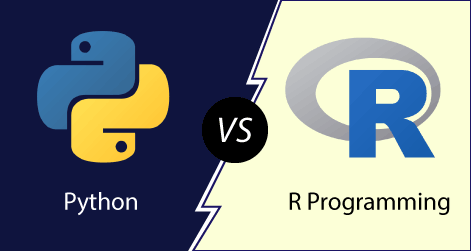Python vs. R: Which Language is Best for Data Science?
 Sanjeet Singh
Sanjeet SinghPython and R are two of the most popular languages for data science. Both offer powerful tools and libraries for data manipulation, analysis, and visualization. But which one is right for you? Let’s dive in.

Understanding the Contenders
Python is a general-purpose programming language known for its simplicity and readability. It has gained immense popularity in data science due to its versatility, extensive libraries, and strong community support.
R is specifically designed for statistical computing and graphics. It offers unparalleled statistical capabilities and a rich ecosystem of packages for data analysis.
Key Differences
Feature | Python | R |
Purpose | General-purpose, with strong data science capabilities | Specifically designed for statistical computing and graphics |
Syntax | Readable and easy to learn | More complex syntax, especially for beginners |
Community | Large and active community | Strong community, but smaller than Python's |
Libraries | Extensive libraries for data science, machine learning, and deep learning (NumPy, Pandas, Scikit-learn, TensorFlow) | Comprehensive libraries for statistical analysis and visualization (ggplot2, dplyr, caret) |
Data Handling | Efficient for large datasets with Pandas | Strong support for statistical data structures |
Machine Learning | Strong focus with libraries like Scikit-learn and TensorFlow | Growing ecosystem for machine learning, but not as mature as Python's |
Data Visualization | Good options with libraries like Matplotlib and Seaborn | Excellent visualization capabilities with ggplot2 |
Export to Sheets Choosing the Right Tool The best language for you depends on your specific needs and goals.
Choose Python if:
You're new to programming and want a language that's easy to learn. You need a versatile language for various tasks beyond data science. You're working with large datasets and require efficient data manipulation. You're interested in machine learning or deep learning. Choose R if:
You have a strong statistical background and prefer a language tailored for statistical analysis. You prioritize advanced statistical modeling and visualization. You're working in academic research or fields with heavy statistical requirements. The Best of Both Worlds Many data scientists use both Python and R, leveraging the strengths of each language. It's possible to integrate these languages using tools like rpy2.
Conclusion: Both Python and R are formidable tools for data science, each offering distinct advantages. The choice between them should align with your project needs, skill set, and preferences. Often, having proficiency in both languages can enhance your data science capabilities. For those interested in building a solid foundation, a Python training course in Faridabad, Delhi, Pune and other parts of India might be a great option to gain practical skills and knowledge in Python, complementing your expertise in R and maximising your potential in data science.
Subscribe to my newsletter
Read articles from Sanjeet Singh directly inside your inbox. Subscribe to the newsletter, and don't miss out.
Written by

Sanjeet Singh
Sanjeet Singh
I am Sanjeet Singh, an IT professional with experience in the IT sector. I have a broad understanding of Data Analytics and proficiency across multiple layers of software development and testing, from the front end to the back end.